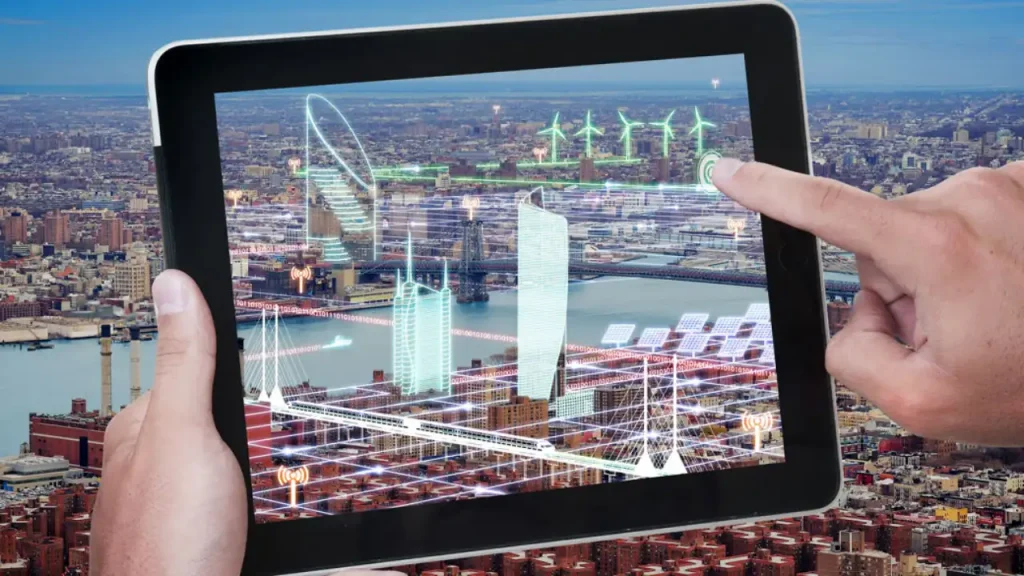
Building Information Modeling (BIM) is revolutionizing the way we approach construction projects, from start to finish. BIM technology has already transformed the industry, and as it continues to evolve and become more sophisticated, its impact on the construction industry will only become more profound. In this article, we’ll explore future of BIM, how BIM is changing the way we build, and what that means for the future of construction.
How BIM is shaping the Future of Construction – Future of BIM
BIM, or Building Information Modeling, is quickly becoming the new standard for construction projects. While the concept is not new, the technology and software is constantly evolving, making it an essential tool for construction companies large and small.
So what exactly is BIM? In short, it is a digital representation of the physical and functional characteristics of a construction project. This includes everything from the dimensions of each element to the location of every pipe and cable. BIM goes beyond traditional CAD (Computer Aided Design) to create a more holistic view of the project that can be used by all members of the construction team.
The benefits of using BIM are many. Perhaps most importantly, it allows for better communication and collaboration between all parties involved in a project. It also helps to improve accuracy and reduces waste throughout the construction process. And because BIM files can be easily updated as changes are made, they provide a valuable record of the project that can be referenced long after completion.
As BIM continues to evolve, its impact on the construction industry will only grow. Construction companies that embrace this technology will be well-positioned to take advantage of all that it has to offer.
The Importance of BIM in Construction
Building Information Modeling (BIM) is a process that uses computer-generated 3D models to help construction professionals plan, design, construct, and operate more efficient and safer buildings. BIM has been around for over two decades and its use is growing rapidly in the construction industry.
The benefits of BIM are many and varied, but can be broadly grouped into four main categories: improved accuracy and coordination, better communication, reduced risk, and increased efficiency.
Improved accuracy and coordination: BIM provides a single source of truth for all project stakeholders. This means that everyone is working from the same set of data, which reduces the risk of errors and miscommunication. Additionally, BIM allows for better coordination between different disciplines (such as architects, engineers, and contractors) because it provides a common platform for collaboration.
Better communication: The visual nature of BIM models makes them an excellent tool for communicating ideas and concepts. 3D models can be used to create realistic images and animations that help explain complex systems in a simple way. They can also be used to create virtual reality simulations that allow people to walk through a building before it is constructed.
Reduced risk: By its very nature, BIM helps reduce risk throughout the construction process. The improved accuracy and coordination that BIM provides helps to avoid costly mistakes, while the ability to simulate different scenarios before construction begins helps identify potential problems so they can be addressed before work starts on site
The Future of BIM Technology

The construction industry is evolving and so is the technology that supports it. Building Information Modeling (BIM) is becoming more prevalent in the AEC industry, as firms adopt new ways of working and communication to support project delivery. The use of BIM tools and workflows are providing new insights into the construction process, and how projects can be better planned, coordinated, and executed.
As the construction industry continues to grow and evolve, so too will the role of BIM in supporting its work. In the future, we expect to see more widespread adoption of BIM across all phases of the construction lifecycle. This will enable firms to better leverage data and information to drive decision making, improve coordination among project stakeholders, and ultimately deliver better results for their clients.
Challenges Faced by BIM Technology
It is no secret that the construction industry has been lagging behind other industries when it comes to technology. This is especially true when it comes to Building Information Modeling (BIM). BIM is a relatively new technology that allows for the creation of digital models of buildings that can be used for a variety of purposes, such as construction planning, coordination, and execution.
Despite the many benefits of BIM, the construction industry has been slow to adopt this new technology. There are a number of reasons for this, but the main challenge is that BIM requires a significant investment of time and money upfront. For many construction companies, they simply cannot afford to invest in BIM right now.
Another challenge faced by BIM is that it requires a high level of collaboration between all members of a project team. In order for BIM to be truly effective, everyone needs to be on board with using the same platform and sharing data. This can be difficult to achieve, especially on large projects with multiple stakeholders.
Finally, another challenge faced by BIM is that it can be difficult to find skilled workers who are able to use this new technology. As BIM becomes more popular, there will likely be an increase in the number of people who are trained in using this software. However, until then, construction companies may have difficulty finding workers with the necessary skillset.
Conclusion
The future of BIM in the construction industry is very promising. It will enable project teams to work more efficiently and create safer and better-designed projects, with less waste and fewer delays. With its advanced features, BIM technology can bring better collaboration between stakeholders, improved project management capabilities, improved data accuracy, reduced costs, and faster completion times. As the technology continues to develop, it will revolutionize how we design buildings and improve safety for all those involved in the building process.
Follow us to stay updated on LinkedIn, Facebook, Instagram and Twitter.
